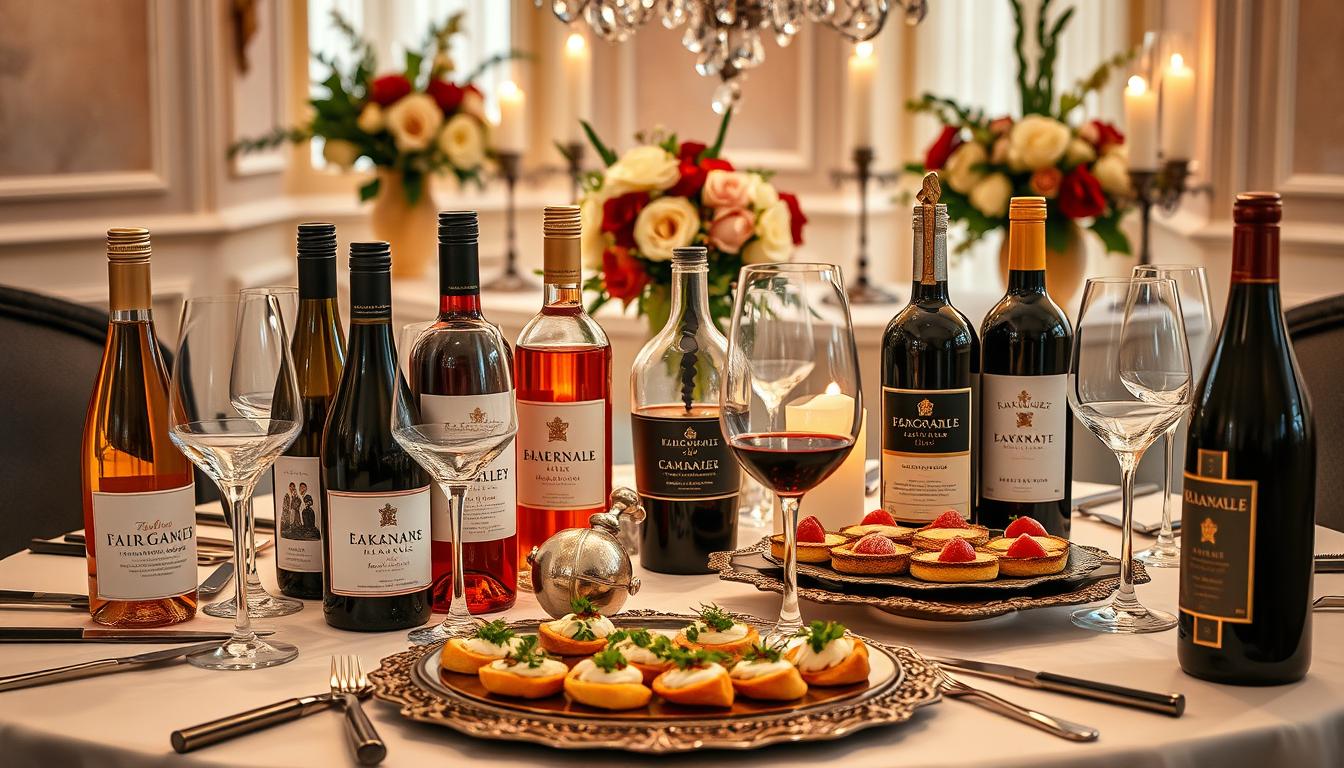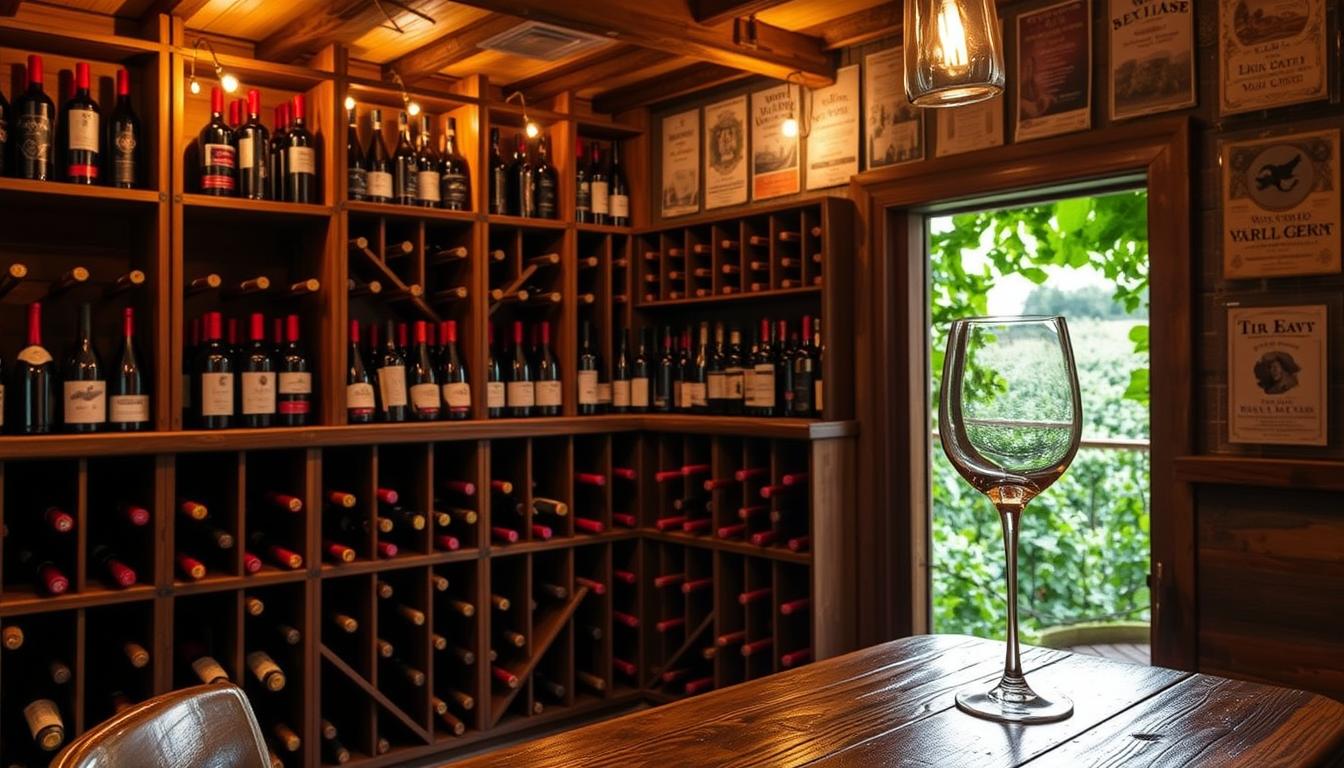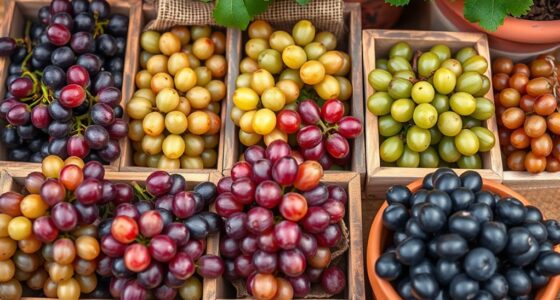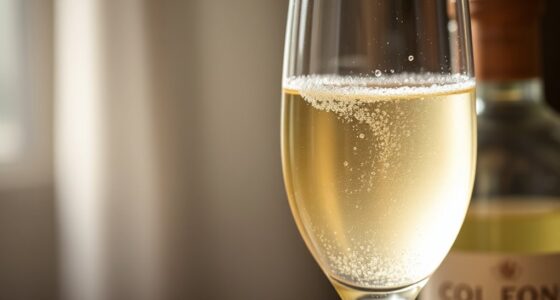Imagine walking into a beautifully arranged gathering, where each bottle of wine stands like an invitation to share stories, laughter, and connection. The clinking of glasses, the swirling of rich hues, and the sweet aroma of thoughtfully selected wines create a warm atmosphere that beckons you to engage. Mastering wine etiquette is not merely an art; it’s a way to elevate your presence in social situations, whether at a business dinner, a romantic date, or an intimate celebration with friends. In this wine etiquette guide, you’ll discover the nuances of proper wine etiquette that can transform your gatherings into memorable experiences, allowing you to exhibit a gracious and cultured demeanor while fostering cherished moments.
Key Takeaways
- Understanding wine labels enhances your knowledge of grape varieties and regions.
- The color of wines can indicate quality and authenticity.
- Smelling the wine is essential for recognizing freshness and quality.
- Learning to hold your wine glass properly reflects your understanding of wine etiquette.
- Swirling the wine before tasting allows you to observe its characteristics more closely.
- Being a generous host with wine brings unforgettable experiences to your gatherings.
- Investing in quality stemware can enhance the overall wine tasting experience.
Understanding the Importance of Wine Etiquette
Wine etiquette serves as a compass guiding your interactions in social settings where wine plays a role. Grasping these wine etiquette basics can elevate your experience and the experiences of those around you. By understanding the rules, you engage in more than just sipping wine; you create a refined atmosphere and display good manners.
What is Wine Etiquette?
Wine etiquette encompasses a collection of guidelines detailing how you should handle, serve, and enjoy wine. For beginners, mastering wine etiquette tips allows you to navigate various social situations with confidence. This knowledge reflects a level of sophistication and respect for the beverage, making gatherings more enjoyable.
Social Situations to Apply Wine Etiquette
Different social settings call for a grasp of wine etiquette. Whether you find yourself at a business dinner, family celebration, or casual gathering with friends, your approach to wine can significantly impact the ambiance and enjoyment of everyone involved. Being aware of the essential wine etiquette for beginners ensures you avoid faux pas that might make others uncomfortable.
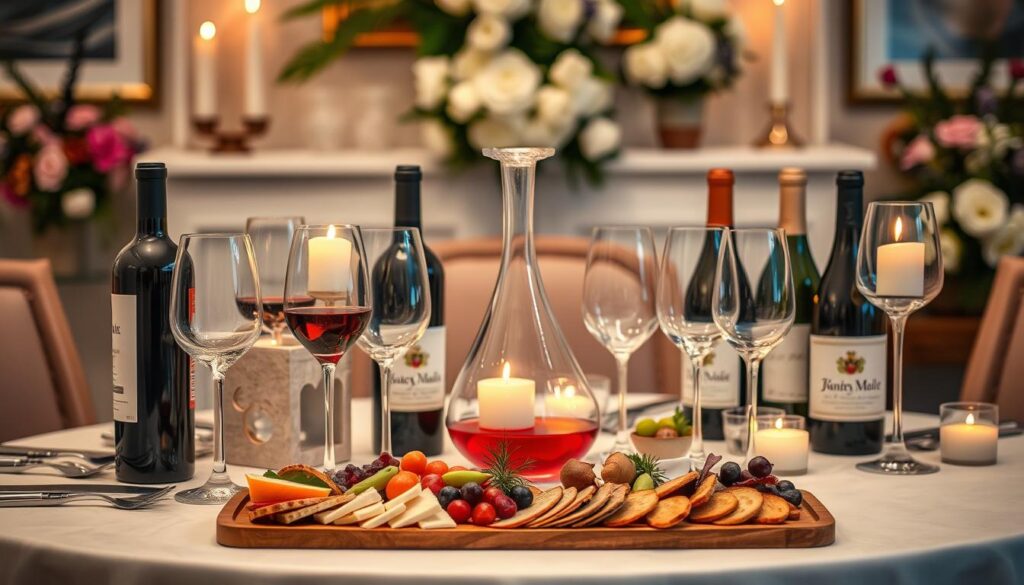
| Social Situation | Expected Wine Etiquette |
|---|---|
| Business Dinner | Choose an appropriate wine to match the meal, serve others first, and hold the glass correctly. |
| Family Gathering | Relaxed atmosphere; encourage sharing experiences about the wine chosen. |
| Friends’ Gathering | Casual discussions about wine preferences; use this opportunity for wine etiquette education. |
| Wine Tasting Event | Follow the 5 S’s: see, swirl, smell, sip, savor; engage in tasting notes and share observations. |
Basic Wine Etiquette Rules You Should Know
Understanding proper wine etiquette enhances your enjoyment and impresses others. Following wine etiquette rules can elevate any gathering, particularly as wine appreciation continues to grow among younger generations. Here, we outline some core basic wine etiquette principles that will help you navigate social situations with confidence.
Holding Your Glass Correctly
One of the fundamental wine etiquette rules is how you hold your glass. Always grip the stem or base of the glass rather than the bowl. This prevents your hand from warming the wine, preserving its intended temperature and taste. When holding your glass correctly, you not only maintain a refined appearance but also enhance the overall experience of savoring your wine.
The Importance of Smelling Your Wine
An essential component of enjoying wine lies in the delicate act of smelling before sipping. This basic wine etiquette step allows you to identify distinct aromas and characteristics of the wine. Swirling the wine gently brings out its bouquet, offering a tantalizing preview of the flavors to come. As you engage your senses, you will cultivate a more profound appreciation for each glass.
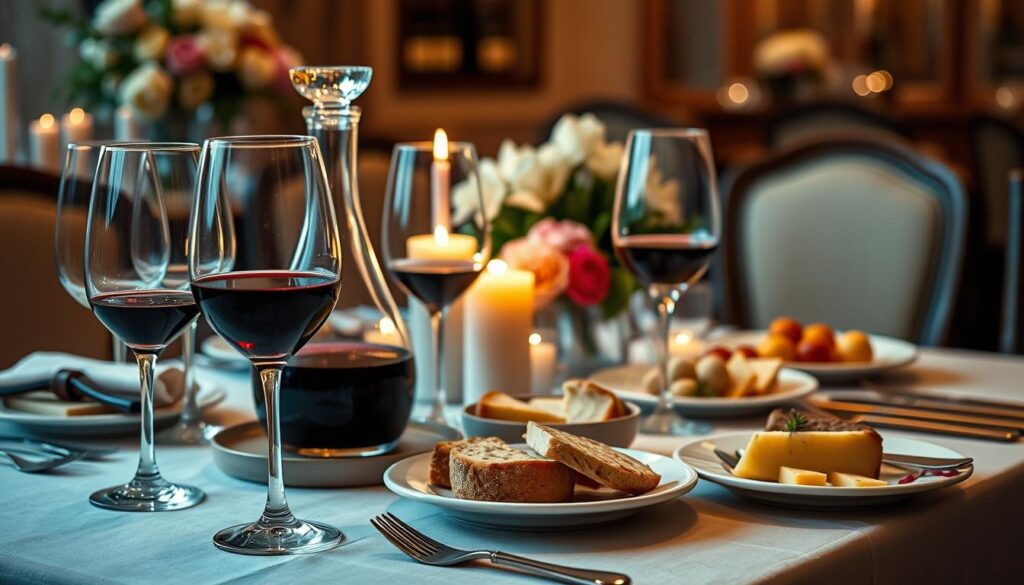
| Wine Etiquette Rules | Description |
|---|---|
| Hold by Stem | Prevents warming of the wine and maintains taste integrity. |
| Smell First | Aids in identifying aromas and enhances the tasting experience. |
| Swirl Wine | Releases aromatic compounds, offering a richer sensory experience. |
| Toast with Intent | Engages fellow drinkers and adds meaning to your gathering. |
| Engage in Polite Conversation | Encourages a warm atmosphere, making gatherings memorable. |
| Serve at Optimal Temperature | Enhances the flavor perception, allowing each note to shine. |
By applying these basic wine etiquette rules, you will navigate wine scenarios with ease, contributing to a delightful experience for you and your guests.
Proper Wine Etiquette While Pouring
Pouring wine with attention to proper wine etiquette enhances the experience for everyone involved. By following essential wine etiquette tips, you demonstrate sophistication and respect for the beverage and your guests. Lawfully filling a glass, pouring for others first, and controlling the bottle properly are key components of the process.
How to Fill a Glass
When pouring wine, aim for a fill of no more than half the glass. This allows the wine to breathe and improves its aroma, elevating the tasting experience. A standard pour measures about 5 ounces, which means that a typical bottle (750ml) will yield about five glasses. Always hold the bottle towards the base when pouring to maintain control and prevent spills. Avoid resting the bottle against the rim of the glass, as this can cause unwanted drips.
Pouring for Others First
One of the most courteous gestures while serving wine is to pour for others before yourself. This acknowledges your guests and showcases your attentiveness. Following this practice reflects your understanding of proper wine etiquette. While it has traditionally been customary to serve women first, modern etiquette often suggests serving the oldest guest or anyone celebrating a special occasion. Ensure that you maintain eye contact with the person you’re serving while you clink glasses, as this small act adds meaning and connection to the toast.
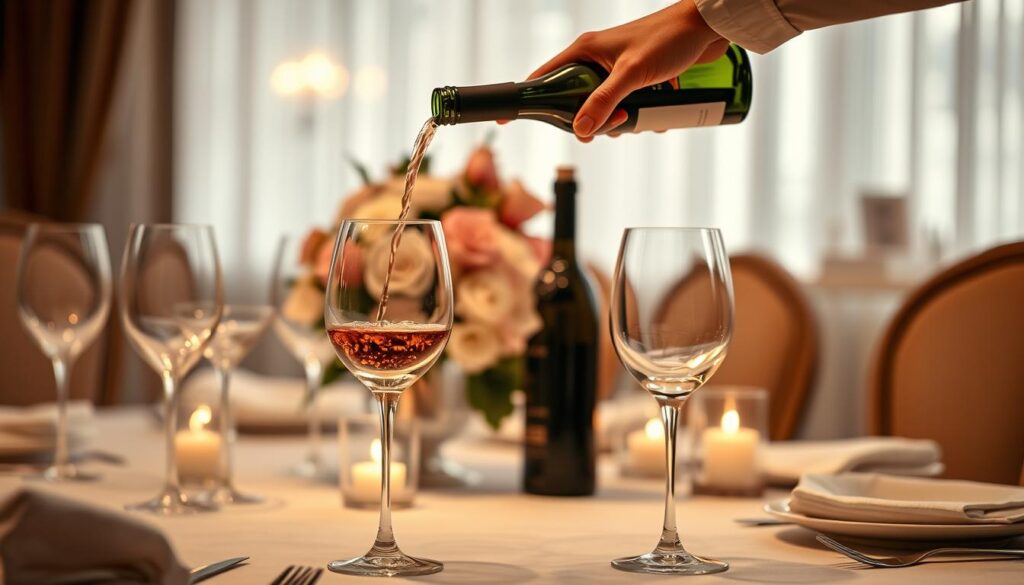
The Art of Tasting Wine
Tasting wine is an enjoyable and engaging experience, blending art and science. Understanding wine tasting etiquette is essential for enhancing this experience. The process can be broken down into three main steps: sight, smell, and taste. By mastering these steps, you ensure that your wine etiquette basics are solid and that you fully appreciate each wine’s unique qualities.
Steps to Taste Wine Like a Pro
To truly savor wine, engage with it through the following steps:
- Sight: Observe the wine’s color and clarity. A wine’s hue can hint at its age and type.
- Swirl: Gently swirl the wine in your glass to release its aromas.
- Smell: Take a moment to inhale the aromas. This step is crucial as scent considerably affects flavor perception.
- Taste: Take a small sip and allow the wine to coat your palate, noticing the different flavors.
Many wine tastings serve minimal amounts, making it a friendly way to conserve alcohol while enjoying a variety of wines. Don’t hesitate to engage with the pourer, asking questions about the wines, especially if unfamiliar wine terminology arises.
The Role of Temperature in Tasting
Temperature plays a significant role in enhancing flavor profiles. Generally, white wines should be served chilled, around 45-50°F, while red wines are best slightly below room temperature, around 55-65°F. Holding your glass by the stem keeps the wine at its ideal temperature, preserving its intended taste.

It’s beneficial to recognize that strong scents such as perfume or lotion can affect your wine tasting experience. Keeping a neutral olfactory environment allows the wine’s aroma to shine through. Additionally, palate cleansing with crackers or small appetizers can enhance your ability to appreciate subsequent wines, offering a refreshing reset between tastings.
| Wine Type | Ideal Serving Temperature | Common Tasting Notes |
|---|---|---|
| White Wine | 45-50°F | Citrus, Floral, Crisp |
| Red Wine | 55-65°F | Berry, Spice, Earthy |
| Rosé | 50-55°F | Strawberry, Melon, Herbal |
Wine Etiquette Dos and Don’ts
Mastering the wine etiquette dos and don’ts can truly elevate your experience in any social setting involving wine. Following certain wine etiquette rules ensures that you not only enjoy your wine but also impress your host and fellow guests.
Things You Should Always Do
- Always offer your guests wine before serving yourself to demonstrate hospitality.
- Fill the wine glass between one-third and one-half full. This allows the wine to breathe properly and enhances the aromas.
- Hold your glass by the stem or base to avoid warming the wine and to maintain a clean appearance.
- Take your time to look at, smell, and taste the wine thoughtfully before fully indulging.
- Refill others’ glasses before yours, as a gracious host would do.
Common Mistakes to Avoid
- Avoid loudly popping corks, as it can be disruptive to the ambience.
- Don’t discuss wine prices in front of other guests to maintain an elegant atmosphere.
- Never overfill glasses, which can create a clumsy drinking experience. Aiming for less than half-full is always advised.
- Refrain from calling attention to the age or perceived value of the wine, as it might make some guests uncomfortable.
- Do not drink too quickly; pace yourself to enjoy the wine and match the tempo of your companions.
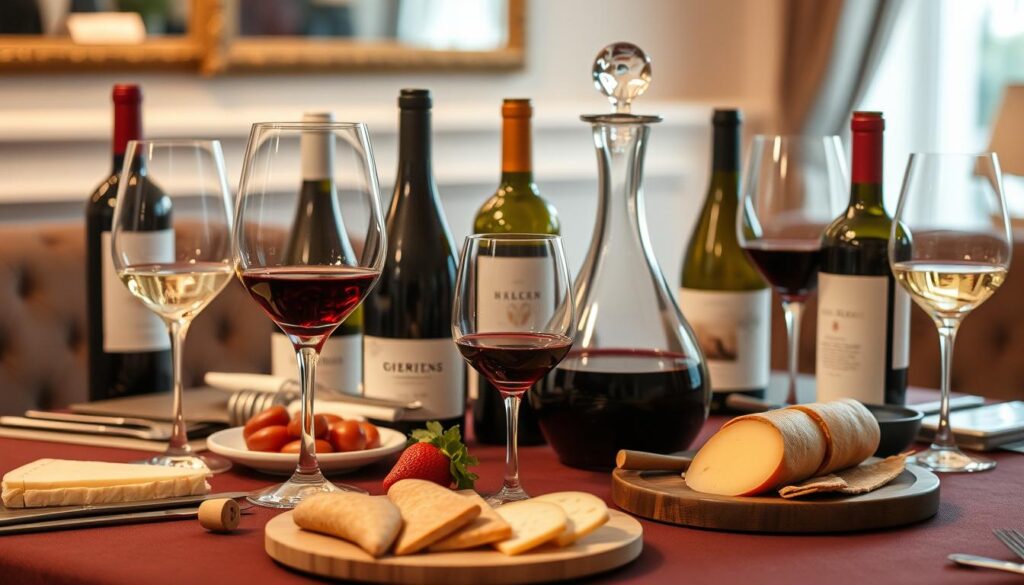
Setting the Perfect Atmosphere for Wine Gatherings
A successful wine gathering relies heavily on the atmosphere you create. By focusing on essential elements like décor, lighting, and background music, you ensure that your guests feel comfortable and engaged. Consider these wine etiquette tips as you set up for charming, classy gatherings.
Creating a Welcoming Environment
Start by selecting warm and inviting décor, such as soft table linens and elegant place settings. Comfortable seating is crucial, as it encourages conversation and engagement. You might offer welcome drinks to make guests feel at home right from the start. Small details, like unscented candles and fresh flowers, add a personalized touch to the overall setup.
Choosing Effective Lighting
Effective lighting plays a significant role in the ambiance of wine gatherings. Dim lighting allows guests to appreciate the wine’s color and texture. Candles add sophistication without overpowering the space. Tailoring the music playlist to suit the wine regions being sampled can further enhance the experience.
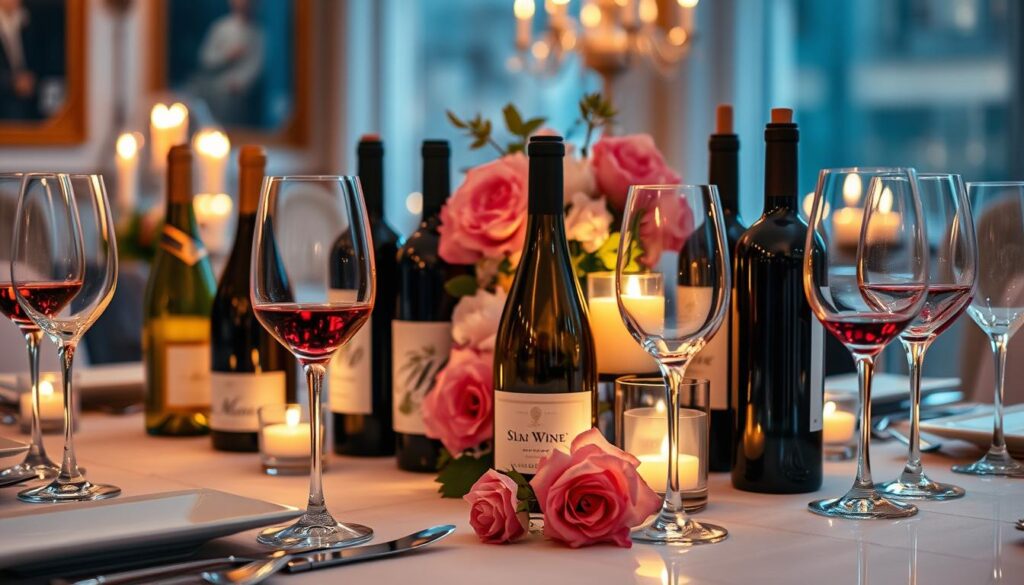
| Lighting Type | Effect |
|---|---|
| Dim Lights | Creates a warm, intimate atmosphere |
| Candles (Unscented) | Adds elegance and subtle ambiance |
| Soft Background Music | Encourages conversation and sets a relaxed tone |
Ensuring that your gathering incorporates these elements will create memorable experiences that invite joyful interactions. Keep in mind your guests’ preferences regarding wine selection and dietary needs, and enjoy the art of hosting classy gatherings.
Wine Glass Selection for Classy Gatherings
Selecting the right wine glass is essential for enhancing the enjoyment of your wine. Different types of wine glasses play a significant role in elevating both the aroma and flavor of the wine you serve. Understanding your options will provide you with helpful wine etiquette tips to impress your guests.
Types of Wine Glasses: What to Use
Various wine glasses are designed for specific types of wine, ensuring that you experience each varietal at its best. Here are some common types:
| Type of Wine Glass | Best For |
|---|---|
| Red Wine Glass | Full-bodied reds, enhances aroma and flavor |
| Bordeaux Glass | Cabernet Sauvignon and similar wines |
| Burgundy Glass | Lighter reds like Pinot Noir |
| White Wine Glass | Most white wines, preserves delicate aromas |
| Sauvignon Blanc Glass | Aromatic whites |
| Flute Glass | Sparkling wines like Champagne, maintains effervescence |
| Rosé Wine Glass | Rosé wines, slightly flared rim enhances aromas |
Caring for Your Wine Glasses
Proper care for your wine glasses enhances their longevity and maintains a superior tasting experience. Follow these tips for optimal care:
- Always hold the glass by the stem to reduce fingerprints and avoid warming the wine.
- Rinse glasses with warm water before use to eliminate residues.
- Clean the glasses with a soft cloth or air-dry to prevent scratches and maintain clarity.
- Avoid using strong detergents that can leave flavors or residues.
- Store your glasses upright to keep them dust-free and clean.
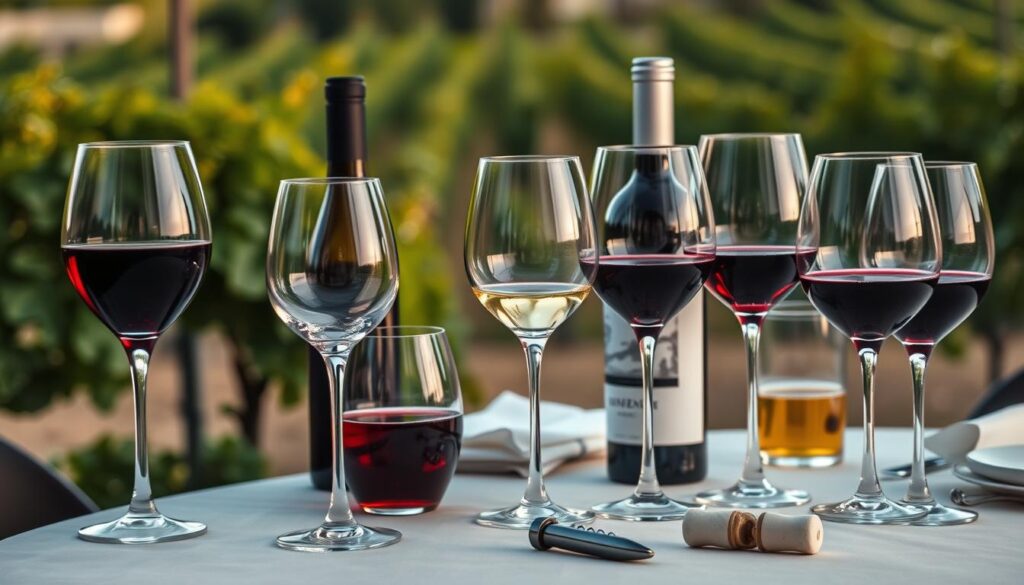
By understanding various wine glass types and elements of proper care, you enhance not only your wine experience but also impress your guests with your sophisticated wine glass selection.
Pairing Wine with Food
Understanding the nuances of pairing wine with food enhances your dining experience and showcases your wine etiquette proficiency. Basic principles of wine pairing revolve around matching the intensity and flavor of the wine with that of the dish. By adhering to these guidelines, you can elevate your meals and impress your guests.
Basic Pairing Principles
Think about the six primary tastes when considering wine and food pairings: salt, acid, sweet, bitter, fat, and spice. Each wine has its unique profile; for instance, red wines generally carry more bitterness, while white, rosé, and sparkling wines tend to be more acidic. The goal is to create either complementary pairings, which balance tastes, or congruent pairings that amplify shared flavor compounds.
Suggestions for Food and Wine Combinations
- Red Wines: Ideal for bold-flavored meats like steaks and lamb. A Cabernet Sauvignon pairs excellently with hearty dishes.
- White Wines: Works well with lighter meats, so consider a Chardonnay with grilled fish. Its silky profile complements rich sauces beautifully.
- Sparkling Wines: Dry sparkling wines, such as brut Champagne, cut through the richness of fried foods and complement salty snacks.
- Rosé Wines: Versatile enough for a variety of dishes including grilled fish and fresh salads, thanks to their balanced acidity.
- Sweet Wines: Best reserved for desserts, Moscato d’Asti shines when paired with fruit-forward options rather than sugary sweets.
| Wine Type | Best Food Pairings |
|---|---|
| Red Wines | Steaks, lamb, and heavily seasoned meats |
| White Wines | Seafood, chicken, and creamy dishes |
| Sparking Wines | Fried foods, salty snacks |
| Rosé Wines | Grilled fish, charcuterie, salads |
| Sweet Wines | Fruit desserts, light pastries |

Hosting a Wine Tasting Event
Organizing a successful wine tasting event requires careful planning to ensure that your guests enjoy a delightful experience. One key aspect involves curating a well-thought-out wine menu, which allows for a range of different wines to sample. A selection of five to seven wines is ideal, showcasing various styles such as sparkling, white, rosé, red, and dessert wines. This not only caters to diverse preferences but encourages guests to expand their palates.
Planning Your Wine Menu
Begin by selecting a theme that ties your menu together, such as exploring wines from a specific region or featuring vintage reds. A balanced lineup can include:
- 2-3 white wines
- 6-7 red wines
- 1 sweet or fortified wine for a delightful finish
Proper wine etiquette dictates that you provide enough glasses for each guest and each type of wine. Two glasses per person is recommended for seated events while one should suffice for more casual, reception-style settings.
Engaging Your Guests During the Event
Engagement is key to a memorable wine tasting. Share stories about each wine to create a connection and invite guests to voice their impressions. Encourage the use of proper wine tasting etiquette by educating them on techniques such as swirling, sniffing, and tasting. Serving palate cleansers like unsalted crackers or mild cheese resets their taste buds between pours, allowing for a more refined experience.
Consider adding interactive elements such as games or quizzes about wine knowledge to enhance the enjoyment. Creating an atmosphere that fosters curiosity and non-judgment allows attendees to explore at their own pace, which adds to the overall experience.
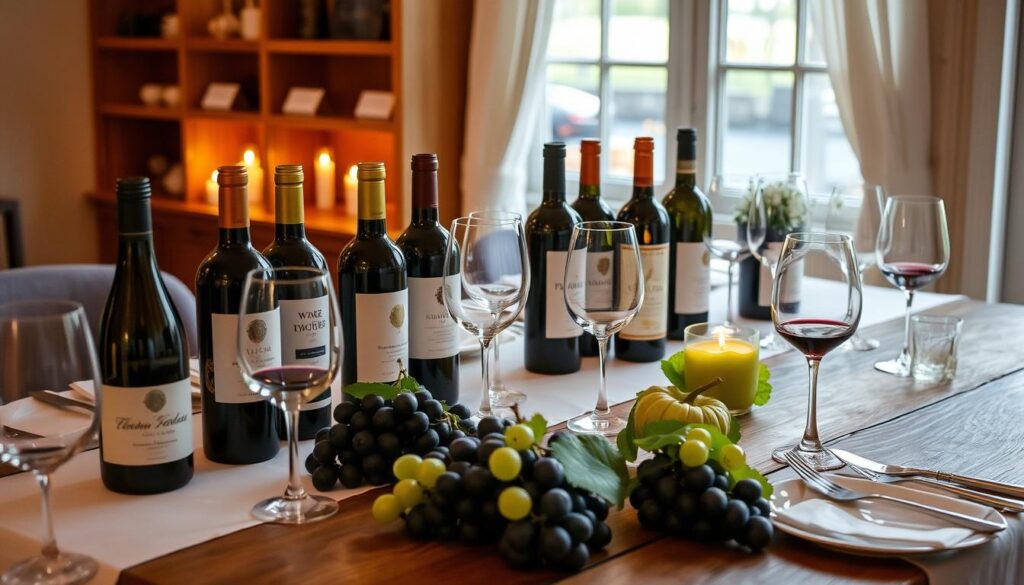
To elevate the event, food pairings can further highlight the relationship between wine and cuisine. Each dish can enhance specific wine flavors, sparking conversation and exploration among guests. Remember, the goal is to create an environment that blends education with enjoyment, paving the way for future wine adventures beyond the tasting event. Incorporating expert guidance on wine and food pairings can also add an extra layer of sophistication to the event. By showcasing the transformative power of the right pairing, guests can gain a deeper appreciation for the intricacies of both wine and cuisine. This not only adds to the overall experience but also leaves a lasting impression on attendees, setting the stage for future wine and food pairings to be explored and enjoyed.
Professional Tips for Wine Etiquette
Mastering wine etiquette can significantly enhance your experience in professional settings. Whether you are aiming to impress clients during business dinners or meeting your partner’s parents for the first time, understanding the nuances of wine etiquette for beginners can make a lasting impression.
How to Impress at Business Dinners
Impressing your clients at business dinners requires a blend of knowledge and confidence. Start by holding the wine bottle correctly; always grasp it by the base or the punt. This not only showcases the label but also communicates your understanding of proper wine etiquette. When serving red wine, remember it should be slightly cooler than room temperature to enhance its flavors and aromas.
During the meal, engage your guests by offering a brief but informative summary of the wine being served. This fosters a sense of connection and highlights your enthusiasm for wine. Should any mishaps occur, such as a broken cork, remain composed and utilize tools like a cork retriever to discreetly resolve the issue—keeping the atmosphere pleasant is key.
Meeting the Parents: Crafting the Right Approach
When meeting your partner’s parents, refining your wine etiquette can demonstrate respect and interest. Offer them wine first as a gesture of courtesy, and contribute to the conversation about their wine preferences. Discussing the characteristics of the wine being served can spark engaging dialogues. Emphasize understanding the ideal serving temperatures—sparkling wines are best at 38–45°F (3–7°C), while white and rosé wines perform well at 45–50°F (7–10°C).
Consider a practical approach to wine selection, sharing pairing tips that resonate with their tastes. For example, suggest that a refreshing Sauvignon Blanc pairs excellently with seafood, while a bold Cabernet Sauvignon complements hearty dishes like steak. This thoughtful engagement lays the foundation for fostering a positive impression.

| Wine Type | Recommended Temperature (°F) | Food Pairing |
|---|---|---|
| Sparkling Wine | 38–45 | Light Appetizers, Fruit Desserts |
| White Wine | 45–50 | Seafood, Creamy Dishes |
| Light Red Wine | 55 | Grilled Chicken, Salads |
| Full-bodied Red Wine | 60–65 | Red Meat, Rich Sauces |
Conclusion
Mastering wine etiquette is essential for elevating your social interactions and ensuring that every gathering is both elegant and enjoyable. By implementing the wine etiquette tips discussed in this guide, you’ll be well-prepared whether you are hosting a lavish event or simply attending a casual get-together. Understanding how to properly hold your glass, pour for others, and taste wine can significantly enhance the experience for both you and your guests.
When planning your next wine tasting adventure, remember to limit visits to 2-3 wineries per day and consider making reservations in advance to secure a seamless experience. The right preparation includes being mindful of fragrances that may interfere with your tasting, staying hydrated, and never tasting on an empty stomach. These small considerations demonstrate respect for the wine and the occasion, making you stand out as a knowledgeable and gracious guest.
Ultimately, wine etiquette is about more than rules and guidelines; it is about fostering a connection and shared enjoyment in the experience of wine. Each event not only sharpens your social skills but also deepens your appreciation for the rich world of wine. Embrace these practices, and you will undoubtedly leave a lasting impression on those around you.
